The BBC Micro in my education
It's no secret that the BBC Micro was one of the most popular and widespread computers in the U.K. throughout the 1980's. It's no secret that the reason for its success lies squarely with the fact that Acorn won the tender process to provide the Acorn Proton as the sponsored computer for the BBC's Computer Literacy Project. Before it's launch, the Acorn Proton was re-badged as the BBC Microcomputer System from Acorn and was obviously launched with huge support from the U.K.'s own British Broadcasting Corporation.
My Early school years
In 1983 when I was 8 years old, my Junior school introduced 4 BBC Micro computers (1 for each year) that were to be shared between all the classes. These were the first computers I used and I was exposed to things such as LOGO, using a Turtle, Educational adventure games like "Granny's Garden" and at lunchtimes when the weather was too bad to go outside, we played on games like A&F's Cylon Attack.
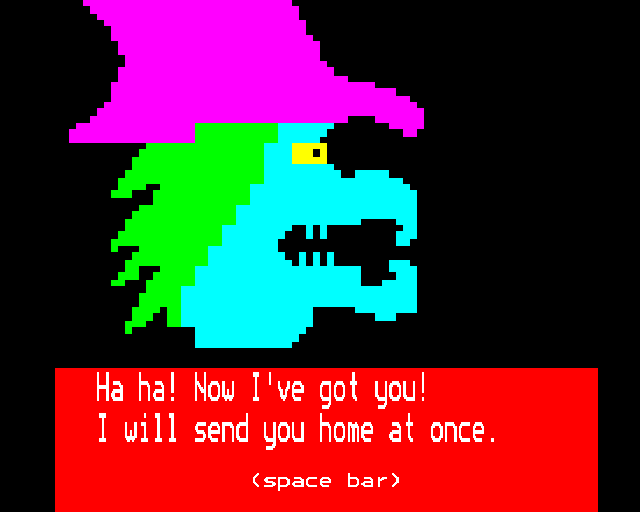
It was clear to both my teachers and my family that I loved using the BBC Micro and as such, my parents bought one for my joint Birthday and Christmas present in late November that year (a few weeks early for my Birthday). They'd attended a few seminars at Debenhams of all places to see for themselves the differences between the computers available at the time. The BBC Micro stood head and shoulders above the competition and so the choice was made. I got my BBC Micro, pictured below.
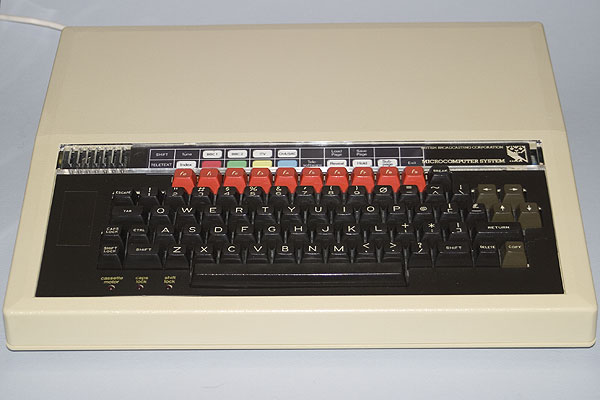
As my BBC Micro only had a cassette interface and I got bored waiting for programs to load from cassette, I started learning to program the computer myself. Firstly, with BASIC, then I "dabbled" with 6502 Assembly language but at 9 and 10 years old, I was probably a bit too young to really get to grips with that! My school kindly allowed me to take home any educational software they had available for me to use on evenings and weekends too and my parents bought programs like "Number Puzzler", "Early Learning" and "Podd" which I had to use in order to earn "game time" where I could play "Yie Ar Kung Fu" and "ELITE". A balance which I hated at the time but in retrospect, did me good.
Moving to Secondary School
At the age of 11, I moved to the now demolished Gosforth School where they had a couple of computer rooms chock full of BBC Micro's that were available for the computer studies lessons and as support rooms for interactive educational lessons for subjects as wide and varied as Maths, French, German, Physics, Music and even PSE (Personal and Social Education). By this time too, the school had a full Econet network and even the library had a computer in it. In three and a half years from my first experience of a computer, they had exploded into every aspect of my life. Throughout all my lessons at some point or another computers were used.
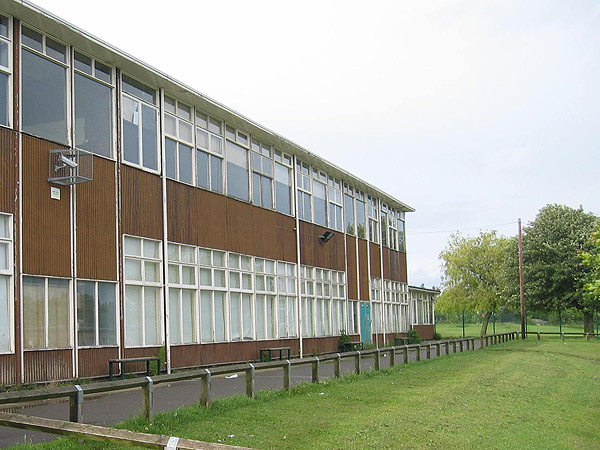
Comprehensive and 6th Form
My years at The Henry Fanshawe School (now The Dronfield Henry Fanshawe School) in the late 80's and early 90's saw the evolution of the BBC Microcomputer from the Model B, through to the Acorn BBC Master and then the Acorn BBC Archimedes range of computers. Throughout my GCSE's I worked on BBC Model B's and BBC Masters, then, by the time I was doing my A-Levels in the early 90's, the reach of the BBC Micro was waning and the Acorn Archimedes had gained a strong foot hold in the Computer Science labs and it was being heavily promoted by Acorn through the joint Tesco/Acorn initiative Computers for Schools as can be seen in the video of a rolling demo below.
The Computers for Schools programme allowed schools to collect vouchers from school children where their parents bought groceries from the Tesco supermarket chain.
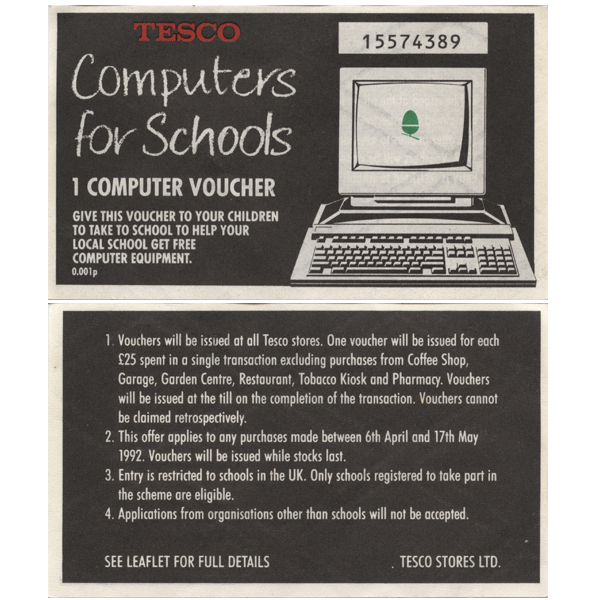
The structure of the scheme meant that parents had to spend the following amounts for the computers listed below:
| Computer provided | Vouchers required | Combined spend at Tesco |
| Acorn BBC Master 128K | 2000 vouchers | £50,000 |
| Acorn BBC A3000 | 3000 vouchers | £75,000 |
| Acorn A5000 | 4000 vouchers | £100,000 |
A-Level Chemistry
In the early 1990's the now ageing BBC Micro's were still present but there were fewer around as they were being replaced by the Archimedes range of computers from Acorn. In the science labs however, the BBC Micro was still the only computer presence of note and it's in the Chemistry lab where I used the BBC Micro for some of my best Chemistry work.
For my A-Level Chemistry coursework, my teacher took me to one side and asked what I thought about doing something "computer related". This was my teachers attempt to garner some interest from me in Chemistry as I pretty much hated the subject and to be quite honest, it worked. I said yes to the suggestion and she left the room, returning a few minutes later with a brown cardboard box with a load of cables and a small black box inside. On top was the manual. My teacher handed me the box and said something to the effect of, "Here you go, let's see if you can make something of this little lot, we (the science dept.) have no idea how it works!".
 In the box, it turned out that the little black box of tricks was a VELA data-logger by Educational Electronics, part of the Data Harvest Group. VELA stood for VErsatile Laboratory Aid (and may also be referred to as the Versatile Electronic Laboratory Aid). The VELA had apparently sat idle for years so I took the manual home and gave it a thorough read through and came up with a few ideas for some experiments that I could run.
In the box, it turned out that the little black box of tricks was a VELA data-logger by Educational Electronics, part of the Data Harvest Group. VELA stood for VErsatile Laboratory Aid (and may also be referred to as the Versatile Electronic Laboratory Aid). The VELA had apparently sat idle for years so I took the manual home and gave it a thorough read through and came up with a few ideas for some experiments that I could run.
After discussing things with my Chemistry teacher, I chose to do two separate types of experiments to see how the VELA would perform. My first set of experiments were based finding the molarity of an unknown acid or alkali which would at A-Level be normally achieved by a process of titration, manually monitoring the amount of titrant and turning off the flow as soon as a visual colour change was seen in the receptacle below. My idea was to use a pH meter and a regulated flow burette to allow the accurate determination of the molarity of the unknown liquid without having to manually monitor or control the flow of the titrant.
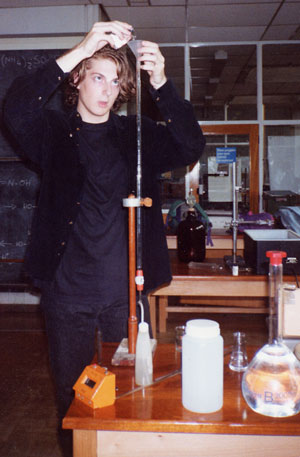
The results from this set of experiments were pretty good even if I do say so myself. Not only did I finish with some excellent titration curve graphs and a method of titration that didn't require cat like reflexes to turn off the flow of the titrant at the equivalence point, I'd also proved to the science department that the VELA could be used to do some pretty cool experiments.
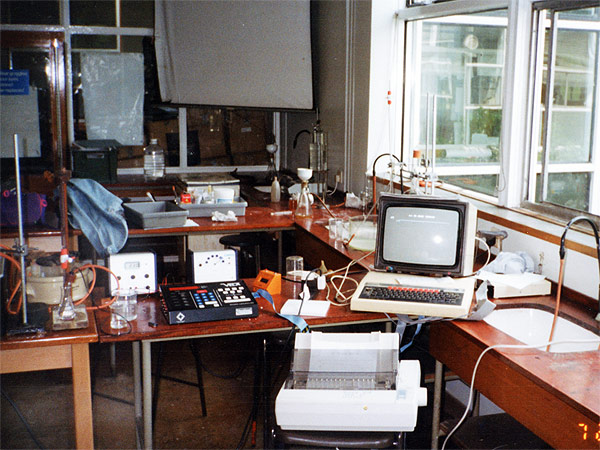
Below you can see a scan of one of the titration graphs showing the level of pH over time. As the flow of the titrant from the burette was known, the volume of titrant used for any given time could be determined and from that, the molarity of the unknown liquid could be calculated. This method proved to be very accurate and easier to do than the manual process.
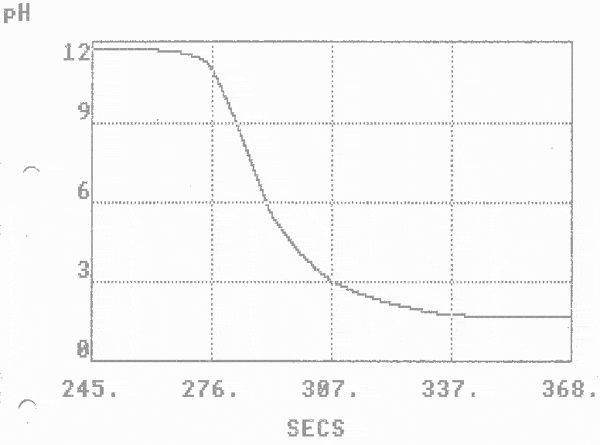
You can check out a quick introduction to Titration curves on the chemguide.co.uk website as you'll see, the Titration curve above represents running an acid into an alkali. For a computer and data logging machine that were built in the early 1980's I'm sure you'll agree that the resulting graph is pretty good and a reasonable example of a standard titration curve.
The second set of experiments were a joint effort with a school mate to monitor the pH levels of liquids as they fermented. Sadly, the school experienced a powercut overnight and the results for these experiments were lost but the photos of the setup remain. You can see the VELA in the front of the photo connected to an electronic pH probe to the left of the VELA. The probe was placed in the central conical flask in the heated bath and measured the pH levels over a period of two or three days.
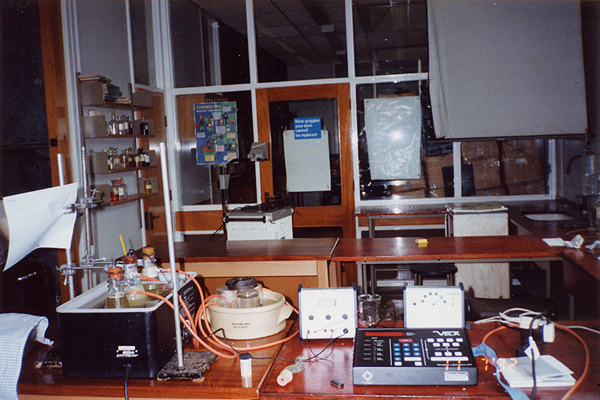
The photo below shows the BBC Micro which was on the immediate right of the photo above. Quite possibly, 20 years after the fact this would be a health and safety nightmare for the school today. Flasks, sinks, running water, 240V AC mains electricity, mains cables running over the sinks. Oh what fun we had!
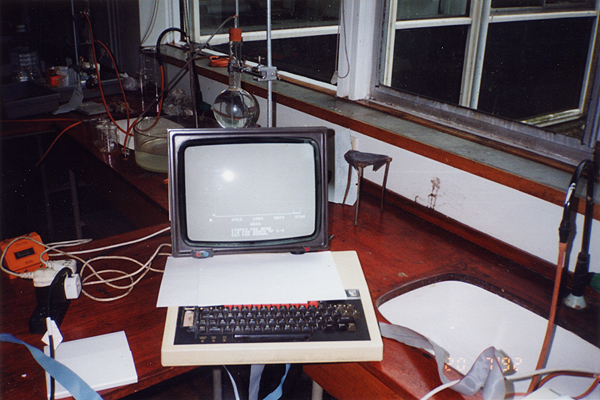
And finally, a close up shot of the VELA, sadly, I don't seem to have any better photos of this to scan but you can clearly see the channel selection options on the left, the main numeric keyboard in the centre and the interface control and programming functions on the right.
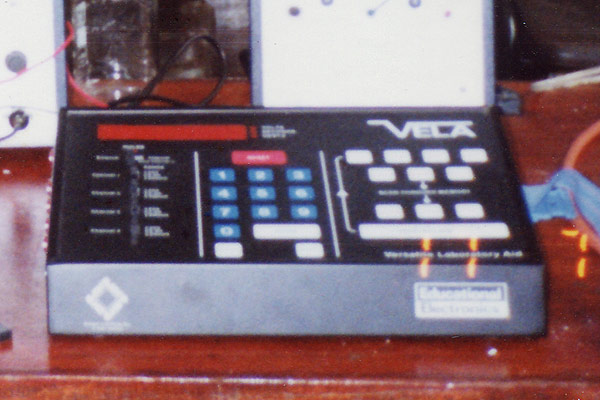
Since writing this web page, I have been contacted by a handful of people that remember the VELA and in fact still use them and I'm very grateful to them for providing me with further information and details about the VELA and some of the more advanced features it had. To that end, you can now read more about the VELA on its own dedicated web pages.
Translate this site
The BBC Micro in Education
External links
Computing in Education
There are plenty of initiatives around to re-introduce Computer Science and programming into the UK Education system and the BBC Micro's legacy is clear to see in the brand new Raspberry Pi project.